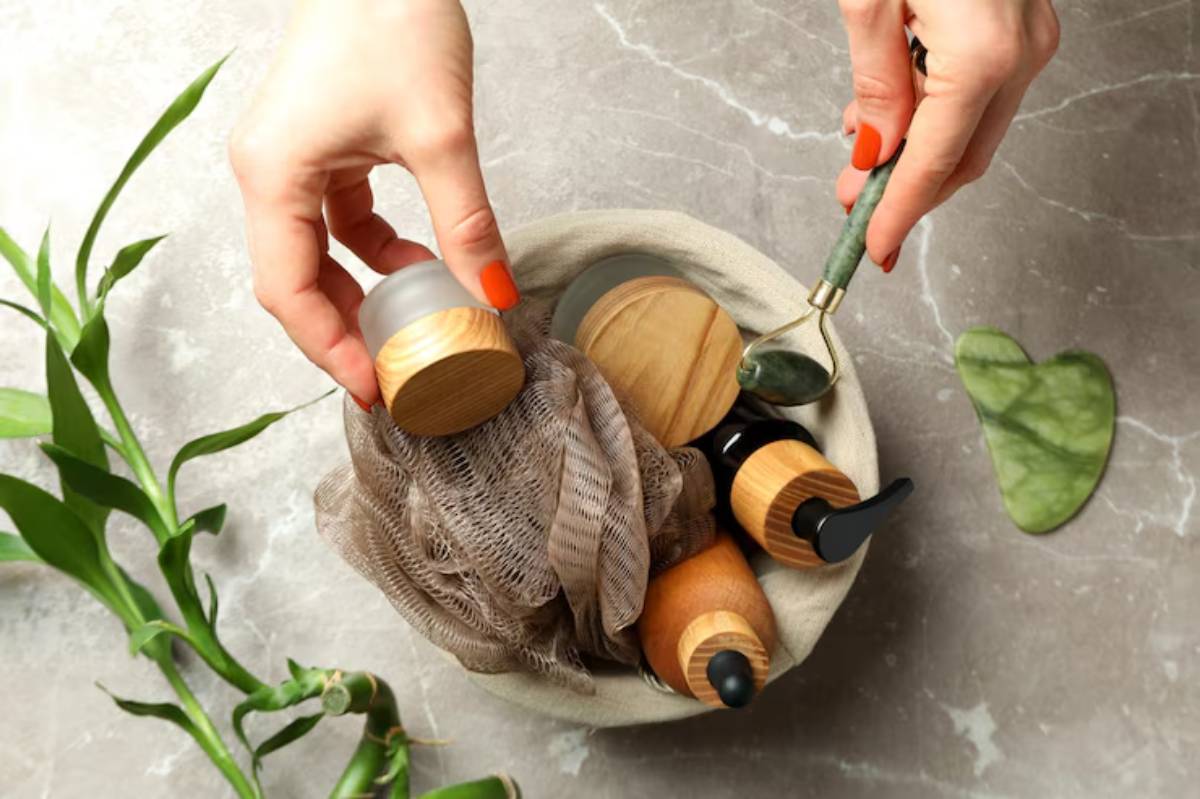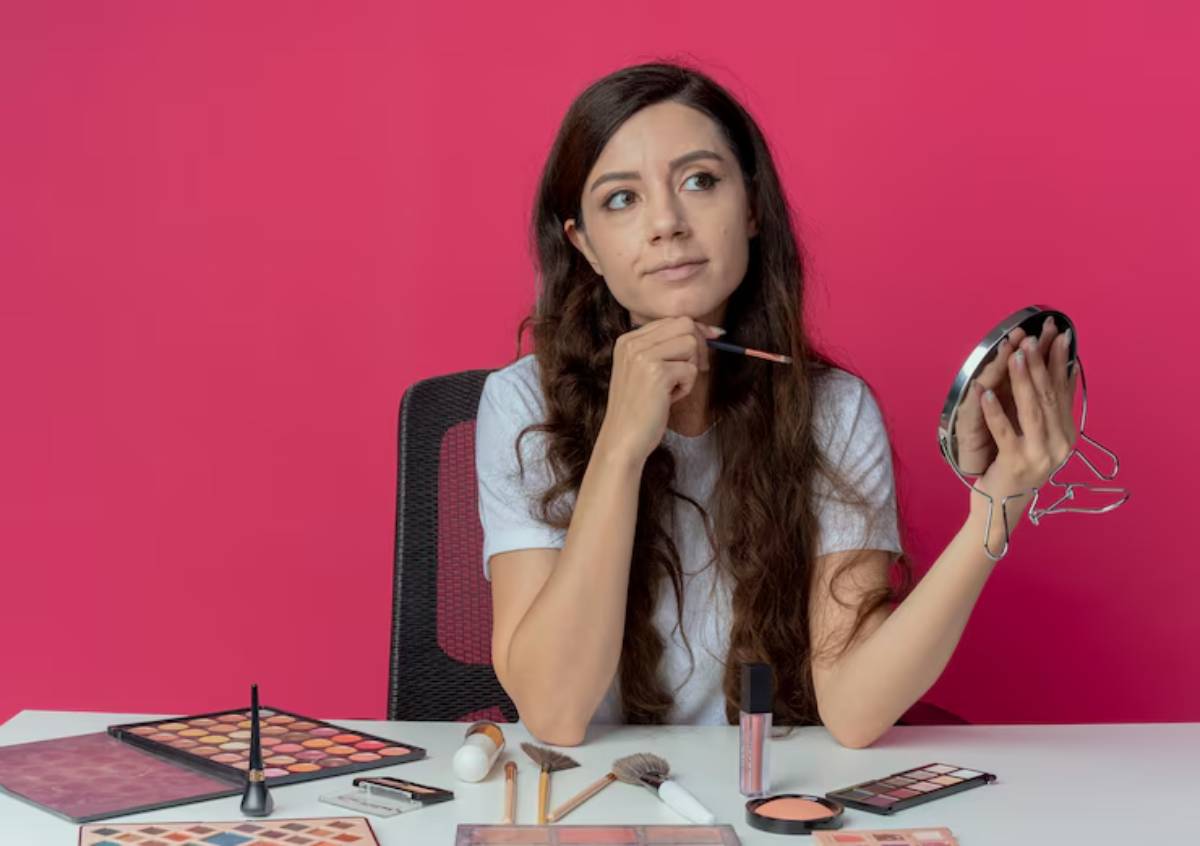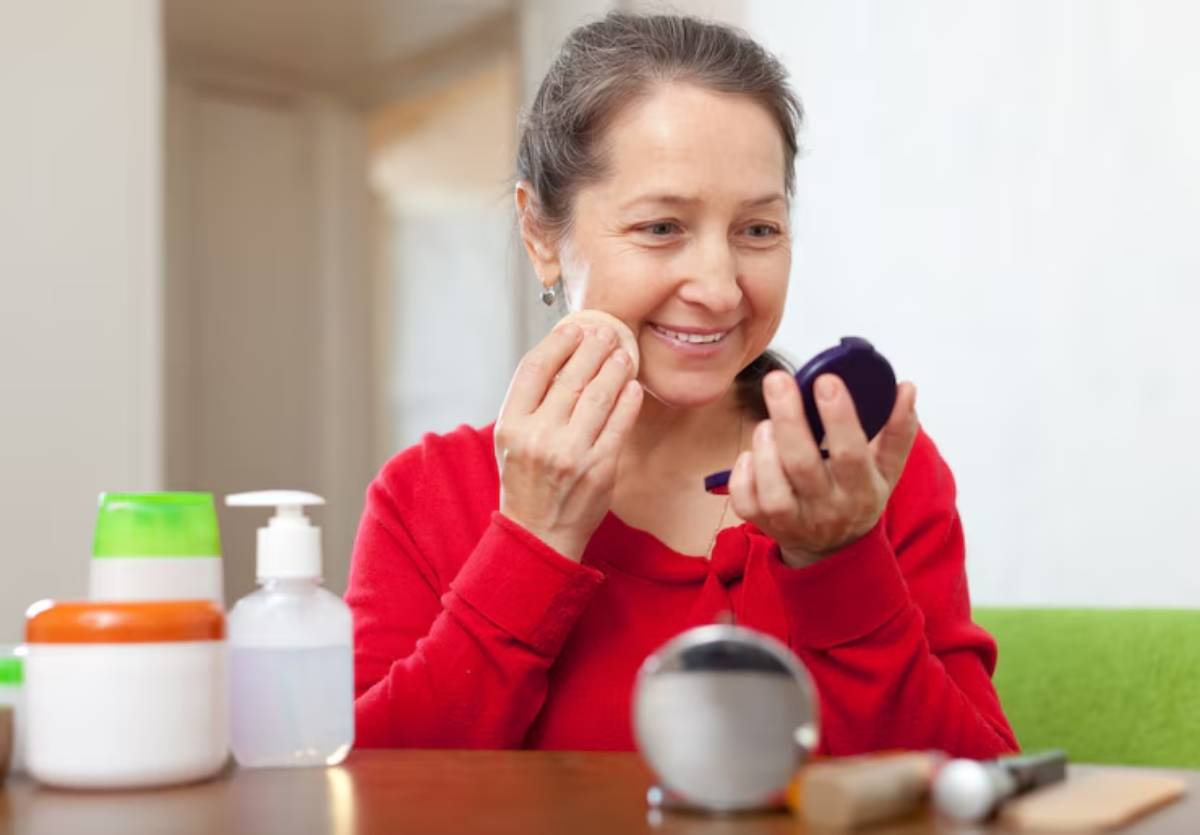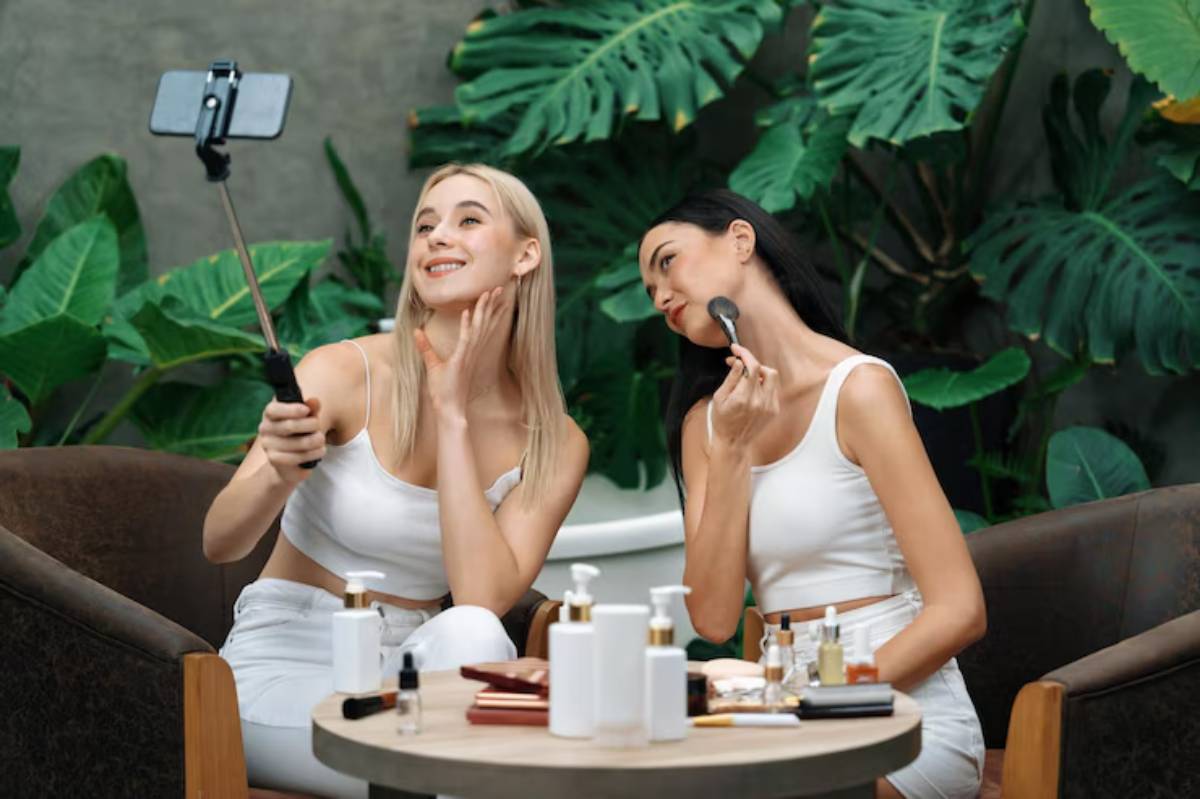
Why Some Budget Beauty Brands Are Better Than Luxury
There’s something irresistible about luxury beauty. The elegant packaging. The brand prestige. The promise of transformation in a single swipe or pump. But here’s a question you may not have asked yet — is it really better than a product that costs a fraction of the price?
The truth? Some budget beauty brands actually outperform their luxury counterparts. From dermatologist-formulated cleansers to makeup artist-approved concealers, affordable products are breaking the myth that expensive always means effective.
In this post, we’ll take a closer look at why cheap beauty products can sometimes be better than high-end ones, how to recognise true quality over branding, and what experts really think when it comes to budget vs luxury beauty. Whether you’re rethinking your routine or curious about where to splurge and save, this guide will help you shop smarter — not pricier.
Why Luxury Doesn’t Always Mean Superior
High-end brands often invest heavily in marketing, packaging, and celebrity partnerships. That cost is passed on to you, not necessarily in the formula, but in the experience of the product.
What are you really paying for in luxury beauty?
- Fancy packaging and heavy jars
- Brand reputation and aspirational advertising
- Boutique retail placement and influencer deals
- Fragrance and “extras” that may irritate sensitive skin
But when you strip it all back…
…many luxury and budget brands use the same active ingredients. Niacinamide is niacinamide — whether it’s in a £7 serum or a £70 one. What matters is the concentration, stability, and delivery, not the label.
The Rise of Ingredient-Led Budget Beauty
Over the past decade, consumers have become more informed. Ingredient lists are no longer secrets — they’re searchable, debatable, and openly compared online.
Why ingredient-led brands are thriving:
- They skip flashy marketing and invest in formulation
- They focus on transparency and education
- They offer customisable routines instead of one-size-fits-all
- They’re accessible and affordable enough for regular use
Brands like The Ordinary, The Inkey List, and Boots Ingredients are cult favourites. They aren’t just affordable; they deliver results.
Examples Where Budget Beats Luxury
Let’s compare real product categories where budget beauty quality matches — or exceeds — luxury standards.
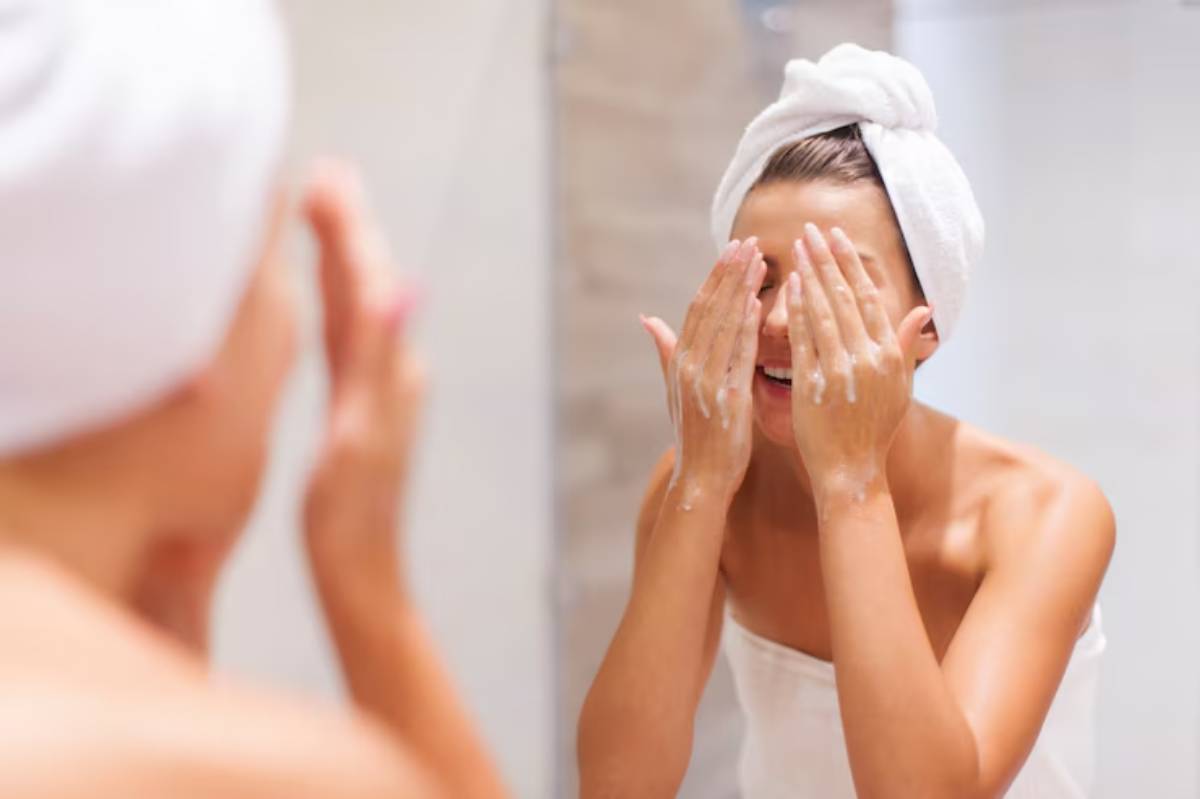
1. Cleansers
- CeraVe Hydrating Cleanser (£9): Dermatologist-approved, fragrance-free, non-stripping
- Luxury dupe: Fresh Soy Cleanser (£30+): Similar mildness, but scented
Verdict: Budget wins on performance and skin-friendliness.
2. Serums
- The Ordinary Niacinamide 10% + Zinc 1% (£5.60): Great for oil control and blemishes
- Luxury counterpart: Sunday Riley U.F.O. Face Oil (£68): Higher price for similar benefits
Verdict: Ordinary offers simplicity with real results, at 10% of the cost.
3. Moisturisers
- Simple Rich Moisturiser (£4): Calming, fragrance-free, easy on sensitive skin
- Luxury option: La Mer Moisturising Cream (£150+): Iconic, but many report breakouts
Verdict: Unless you’re paying for the name, you’re better off with Simple.
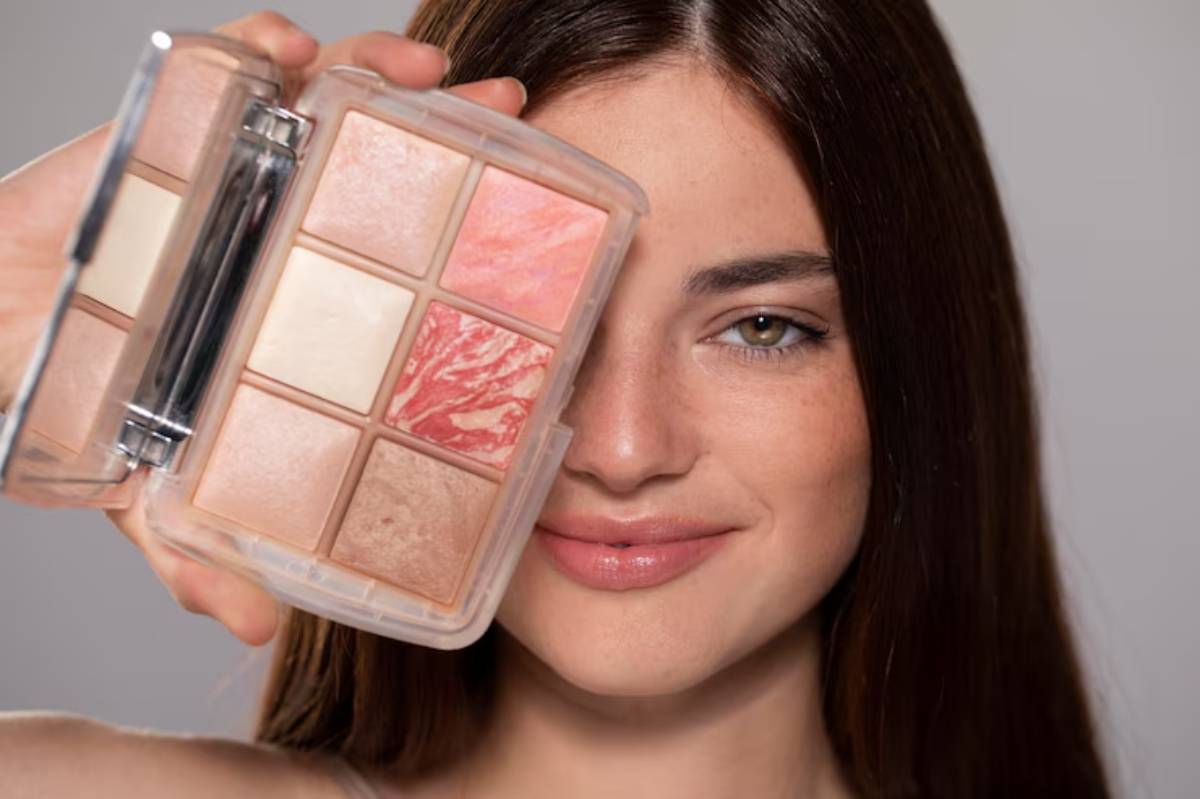
4. Concealers
- e.l.f. Camo Concealer (£6): High coverage, long-wearing, loved by makeup artists
- Luxury pick: Tarte Shape Tape (£27): Slightly thicker, but with similar results
Verdict: e.l.f. delivers 95% of the result at 25% of the price.
Why Affordable Beauty Brands Are More Inclusive
Budget beauty brands have played a major role in improving inclusivity in the industry. They’re often:
- More shade-inclusive (Revolution’s Conceal & Define has over 60 shades)
- Vegan and cruelty-free
- Catered to different skin needs and tones without assuming one type fits all
Luxury doesn’t always offer the same range, particularly when it comes to deeper skin tones or textured skin formulations.
How to Evaluate Product Quality (Not Price)
When choosing between budget vs luxury, focus on what matters most.
Look at:
- The ingredient list (top 5 ingredients tell you a lot)
- Concentration of actives (e.g. is the vitamin C 5% or 20%?)
- User reviews across different skin types
- Third-party testing or dermatologist endorsements
- Whether it’s fragrance-free or hypoallergenic (especially if you have sensitive skin)
Common Myths About Cheap Beauty Products
Let’s bust a few:
“If it’s cheap, it must be low quality.”
Not true. Many budget brands save on marketing and packaging, not the formula.
“Luxury brands use exclusive ingredients.”
Sometimes. But many use the same activities in fancier vehicles. You’re not always getting something stronger — just more elegant.
“Cheap products are unsafe.”
Most budget brands sold in pharmacies or beauty retailers adhere to strict cosmetic regulations. Always check the expiration date, but don’t assume low cost = low safety.
When to Save and When to Splurge
A smart approach is to invest where it counts and save where you can.
Splurge on:
- High-concentration actives with stable packaging (e.g. retinoids, vitamin C)
- Devices (LED masks, quality facial tools)
- Treatment products for specific concerns like hyperpigmentation
Save on:
- Cleansers and toners (they rinse off!)
- Basic moisturisers
- Makeup basics like mascara, brow pencils, and blush
For help choosing trustworthy brands that blend performance and price, check out Top Budget Beauty Brands Loved by Experts — a curated list of brands the pros actually use.
Final Thoughts: It’s Not About Price, It’s About Performance
When it comes to beauty, it’s easy to get caught up in the idea that expensive equals effective. But some of the best skin and makeup results come from products under £10, not £100. Affordable beauty quality is no longer an exception — it’s becoming the standard.
Next time you shop, keep this in mind: Smart shoppers know when to save and when to spend. They can also spot real quality, regardless of the price.
